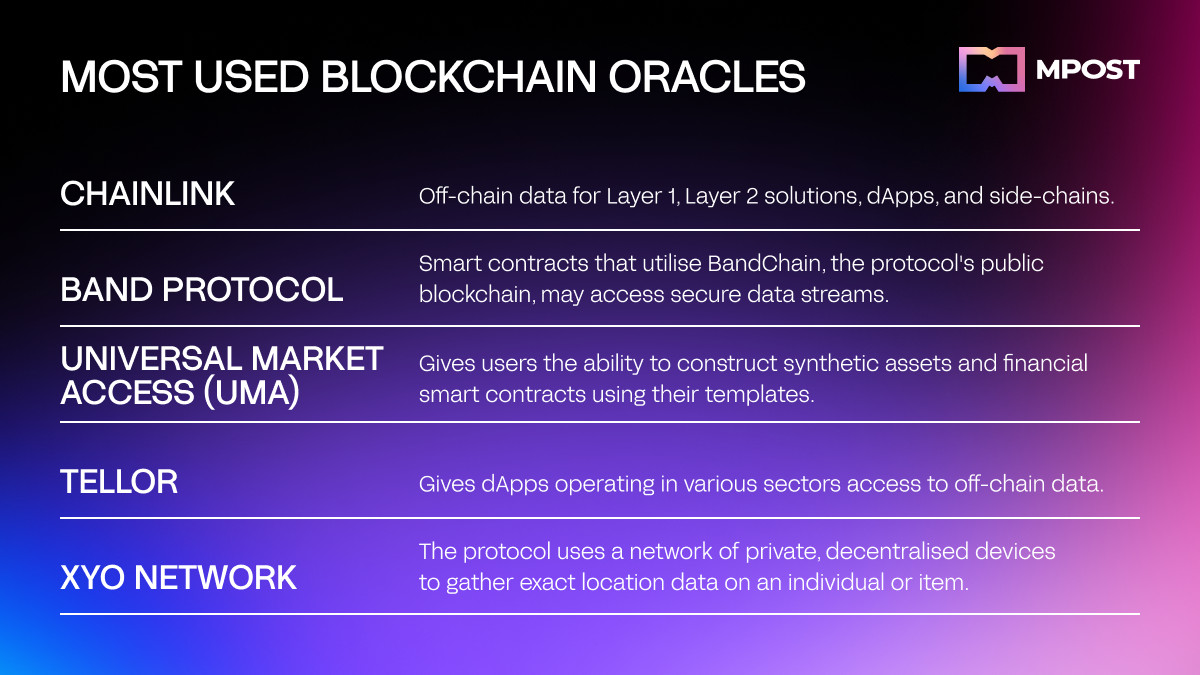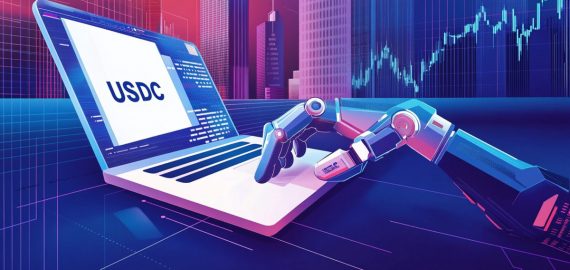How Blockchain Oracles Bridging Decentralised Smart Contracts with Real-World Data to Enable Advanced Web3 Applications?


In Brief
Blockchains are decentralised but isolated, limiting smart contracts’ communication and access to off-chain data. Blockchain oracles provide a crucial link for wider options.
Although the structure of blockchains is intended to make them safe and decentralised, they are also intrinsically isolated. A major drawback of this isolation is that smart contracts, which are self-contained programs operating on the ledger, are unable to communicate with other systems or access data that is off-chain. In order for smart contracts to work with wider options, blockchain oracles stand as the essential link between blockchain systems and external data sources.
What is a Blockchain Oracle?
Smart contracts can work depending on inputs and outputs from off-chain resources when they get external data via a decentralised oracle. They function as intermediates, retrieving data from various sources and securely and verifiably sending it to smart contracts on a ledger.
Deterministic smart contracts are unable to obtain data from outside the blockchain and can only operate in accordance with pre-established criteria. This feature enhances security and reliability while restricting the usage of smart contracts to on-chain transactions. Oracles solve this problem by allowing smart contracts to programmatically access off-chain data, such as currency rates, weather forecasts, or sports scores.
Blockchain oracles are crucial for various applications, including DeFi platforms, insurance, dynamic NFTs, tokenised real estate, and environmental sustainability. They fetch financial data, verify claims, create dynamic NFTs, facilitate property transactions, and monitor environmental data to reward sustainable practices. These applications enable efficient and secure operations, faster payouts, and real-world data-driven transactions. Additionally, they can facilitate fractional ownership through tokenisation and incentivise green initiatives through smart contracts.
Types of Blockchain Oracles
Oracles for input
They retrieve data from off-chain and transfer it to the blockchain. Usually, they are used to deliver data such as asset values, weather, or sports.
Oracles for Output
In contrast to oracles for input, oracles for output transfer data from the blockchain to outside systems. This might be used to update centralised databases and payments or set off events on IoT devices.
Cross-Chain Oracles
They provide communication across several blockchain networks. They enable cross-chain communication and trade by having the ability to read and write data between blockchains.
Compute-Enabled Oracles
These are oracles that carry out intricate calculations off-chain and subsequently transfer the outcomes to the blockchain. They can be handy for jobs that demand a lot of processing power or data that would be too big to handle on-chain.

The Oracle Problem
Blockchain oracles are essential, but they are impacted by a basic difficulty called the “oracle problem.” Oracles can become a central point of failure if they are not correctly constructed, as they are not a part of the blockchain. Inaccurate data might be entered into smart contracts by a centralised oracle, which could be tampered with or become untrustworthy, producing undesirable or flawed results. This issue may be resolved by using decentralised oracles, which spread out the work of validating data among several nodes and lower the possibility of corruption or single points of failure.
Disclaimer
In line with the Trust Project guidelines, please note that the information provided on this page is not intended to be and should not be interpreted as legal, tax, investment, financial, or any other form of advice. It is important to only invest what you can afford to lose and to seek independent financial advice if you have any doubts. For further information, we suggest referring to the terms and conditions as well as the help and support pages provided by the issuer or advertiser. MetaversePost is committed to accurate, unbiased reporting, but market conditions are subject to change without notice.
About The Author
Victoria is a writer on a variety of technology topics including Web3.0, AI and cryptocurrencies. Her extensive experience allows her to write insightful articles for the wider audience.
More articles

Victoria is a writer on a variety of technology topics including Web3.0, AI and cryptocurrencies. Her extensive experience allows her to write insightful articles for the wider audience.

















































